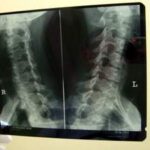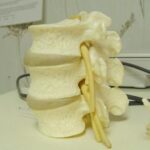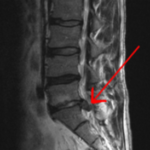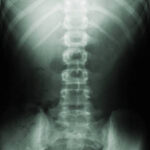Also known as decompression, a laminectomy is a surgical procedure in which the back section of the vertebra covering the spinal canal (lamina) is removed. Essentially, the procedure serves to enlarge the spinal canal and alleviate any excessive pressure that is interfering with the proper function of the spinal cord and the surrounding network of nerves. There are several situations in which a laminectomy may be helpful, especially when a herniated disc is present, or the patient is suffering from spinal stenosis.
Usually, specific conditions must exist before this type of decompression surgery will take place. In cases where the individual has been diagnosed with spinal stenosis, the usual course of treatment will involve a regimen of medication along with physical therapy for at least twelve weeks. If these efforts do not produce the desired results, a laminectomy may be an option.
In like manner, physicians will attempt to deal with a herniated disc is some other manner before resulting to a laminectomy. When it does become necessary, the physician will usually advise the patient that there are some possible complications with the partial removal of the lamina. These include infection, bleeding or the formation of blood clots, and damage to the dura mater (protective layer) around the spine.
Because of the invasive nature of the procedure, patients undergoing a laminectomy are always rendered unconscious with the use of general anesthesia. During the actual procedure, the heart rate is monitored closely, as well as blood pressure and the flow of oxygen to the lungs. This helps the surgeon to be assured of your physical stability as the procedure progresses.
The laminectomy itself involves the creation of a small incision directly over the site of the hernia or the stenosis. Instruments are used to gently move the muscles away from the spine, allowing the surgeon clear access to the lamina. Proceeding with care, the surgeon will remove just enough of the lamina to alleviate the pressure. When a hernia is involved, the surgeon will also remove the portion of the bulging disc that is herniated, as well as any small pieces that may have broken off and lodged in the adjacent tissue. The incision is then closed and sealed with stitches or staples.
More recently, some hospitals have offered the option of laproscopic laminectomy to some patients. This has the advantage of creating a series of smaller incisions that make it possible to insert a small camera and the necessary surgical instruments into the body. With this technique, the surgeon uses a monitor to receive visual images from the camera and complete the decompression.
Once the spine surgery is completed, the patient is moved into a recovery area for several hours. If no complications arise, there is a good chance the patient will be allowed to return home by the end of the day. Just about all patients will be allowed to go home in three days or less.
During the recovery period, the patient is counseled to avoid all activities that involve stooping, bending over from the waist, or lifting even light items. Travel in any sort of vehicle should be extremely limited for up to six weeks, depending on the advice of the attending physician. This time is necessary to allow the area to completely heal. After a couple of months, many patients are able to return to unrestricted activity, with the doctor’s approval.




